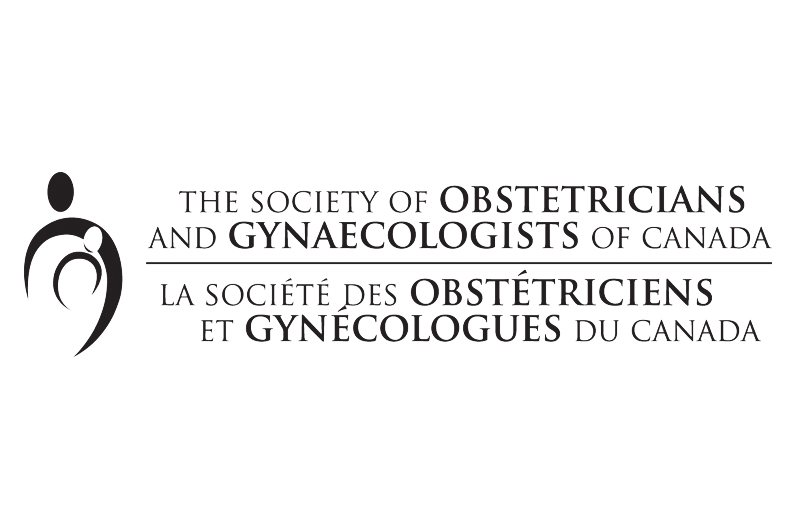New Obstetrics and Gynaecology Recommendations Released
Jun 22, 2017 - News
The Society of Obstetricians and Gynaecologists of Canada (SOGC) identifies 10 things to question in obstetrics and gynaecology.
View the RecommendationsNew Obstetrics and Gynaecology Recommendations Released
Jun 22, 2017 - News
The Society of Obstetricians and Gynaecologists of Canada (SOGC) identifies 10 things to question in obstetrics and gynaecology.
View the Recommendations
Under the leadership of the Society of Obstetricians and Gynaecologists of Canada, we are excited to announce the release of 10 new recommendations of tests, treatments or procedures that are overused in obstetrics and gynaecology:
- Avoid the use of routine episiotomy in spontaneous vaginal births.
- Don’t do electronic fetal monitoring for low risk women in labour; use intermittent auscultation.
- Don’t perform routine urinalysis (protein, glucose) at every antenatal visit (in low risk normotensive women).
- Don’t perform umbilical artery Doppler studies as a routine screening test in uncomplicated pregnancies with normal fetal growth.
- Don’t use meperidine for labour analgesia due to its long-acting active metabolites and negative effects on neonatal behaviours.
- Don’t routinely screen women with Pap smears if under 21 years of age or over 69 years of age.
- Don’t routinely order hormone levels including estradiol, progesterone, follicle-stimulating hormone and luteinizing hormone in postmenopausal women or after a hysterectomy, either to diagnose menopause or to manage hormone therapy.
- Don’t screen for ovarian cancer in asymptomatic women at average risk.
- Don’t offer hysterectomy to women with asymptomatic fibroids on the basis of risk malignancy.
- Don’t do any surgical intervention, including ablation, for abnormal uterine bleeding until medical management (including the progesterone intra-uterine system) has been offered and either declined or found unsuccessful.
See Obstetrics and Gynaecology: Ten Things Physicians and Patients Should Question to view the full list, including a rationale and references for each recommendation.
